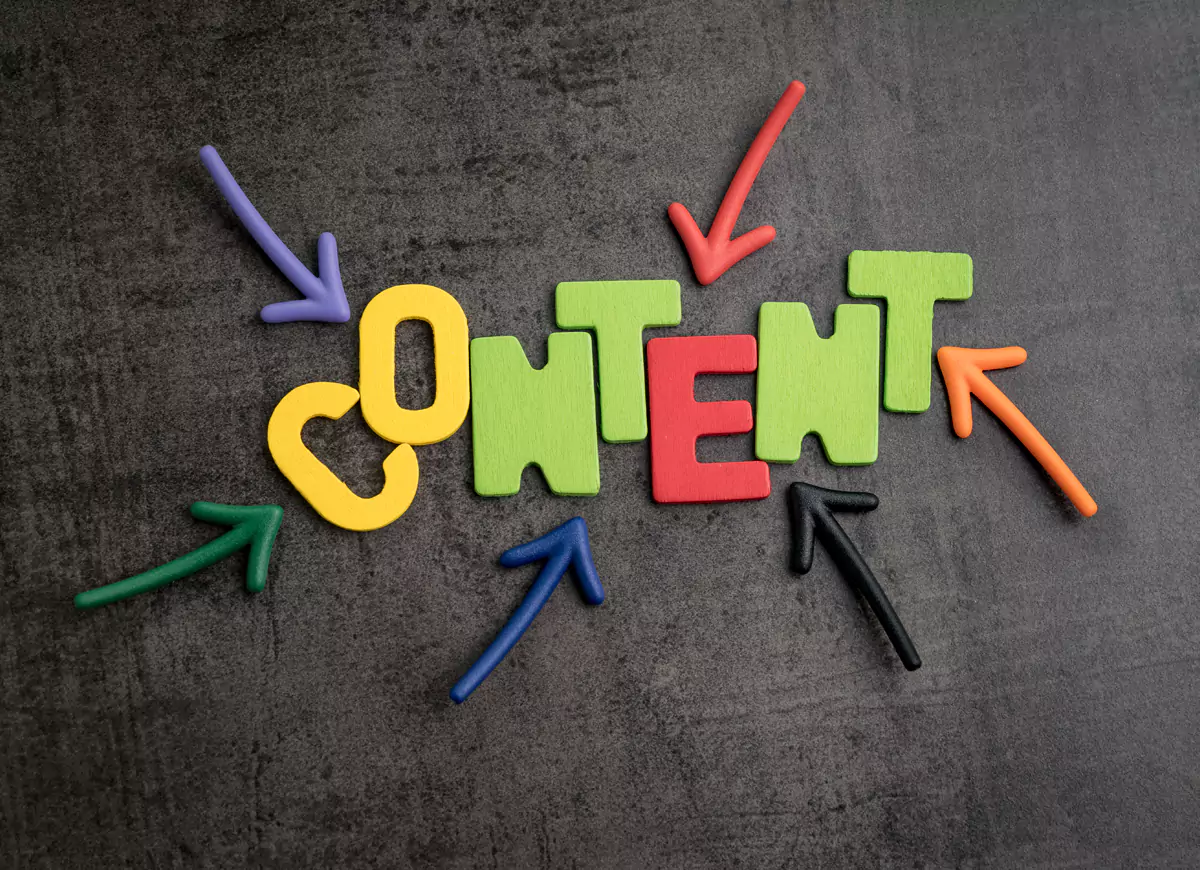Websites are the face of any and every company now, especially in times like these when everything is becoming digitized. No matter what your business is about, from selling diapers or pens to real estate and educational courses, it is all about how you are able to project their utility and justify the cost. It’s proven now that most articles and goods are sold based on their brand image which is heavily built and influenced via marketing campaigns and a strong digital presence.
When your website isn’t captivating enough, it will have people visit less and less often and you can even lose out on a lot of potential and existing business. Essentially all webpages have more or less the same categories and areas designated to certain tasks yet some sites capture our attention like anything while others barely even come close. Your website is basically how you connect with your audience and that connection determines how much time and energy they will be willing to invest in your brand and its services or products.
Even though no one wants to have a boring website, it’s not very simple to identify yours as one. To make it more explicitly identifiable, we have broken down the appealing quotient in a few points that you can use to assess your website better.
1. All text and no graphics make your website dull
Our mind, especially for the recent generations, works in images. People would prefer to see an image or two instead of reading 2-3 paragraphs. We are easily tamed and captured through visually appealing and aesthetic stuff. This is why it is important to keep a healthy balance of text and images on your website. Too many pictures on a website look informal while wordy texts make it so plain boring which is why one needs to know how to balance the ratio appropriately.
Furthermore, the visual depictions and infographics also need to match the content in a precise context and quality. When either of the two outshines another, the overall outlook doesn’t come out very well.
2. Slow and steady don’t win the race on SERPs
When it comes to a website, even before the homepage or landing pages appear, it’s the loading speed that captures or pulls you away. This is why slow websites, no matter how amazingly well put together they may be, simply are out of the race to rank higher on SERPs (Search Engine Result Pages). In these times of instant food and transport at your doorstep, nobody waits for delayed gratification in terms of surfing a website and simply move on to next. This is where you lose a customer who would’ve converted and merely minutes. The reasons for the slow speed are many including poor management of tools, heavy images, ill optimization or simply an inefficient service provider. This is why it is important to have reliable and up to date service providers like Make My Website, that troubleshoot any problem without you even mentioning of it much.
3. Green, serene, evergreen content only
Content is queen, that is beyond just reigning as the king. This means that content is the backbone of everything that is posted on the internet. With so much being posted constantly, it is important to keep your content fresh, relevant, optimized and engaging. Only this way can you retain potential and existing clients as well as professionals and associates you can collaborate with. As for basics, make sure you thoroughly check and recheck before posting and also get it proof-read by someone reliable. A great trick for curating or creating captivating content is to write evergreen content. This way your content is never out of date and is a classic, so to speak.
4. Don’t let it bounce
If you have a high bounce rate this means that visitors are coming on the webpage but are not engaging with the content and providing any information but are closing the site. This clearly indicates that your website is boring or not easy for navigating through. To retain your visitors, try to use fonts and wordplay that is inviting and asks the visitor to indulge and make engagement. Play a little with your homepage to give it a fresh look and test to see what works and what doesn’t.
5. Just one landing page is as good as none
A single webpage is good for optimization and marketing online in the starting phase but as your business grows, you will have to engage better and in more complex ways with your audience. To engage better you would definitely require more content which would imply multiple landing pages with a different purpose allotted to each.



















No comments yet.